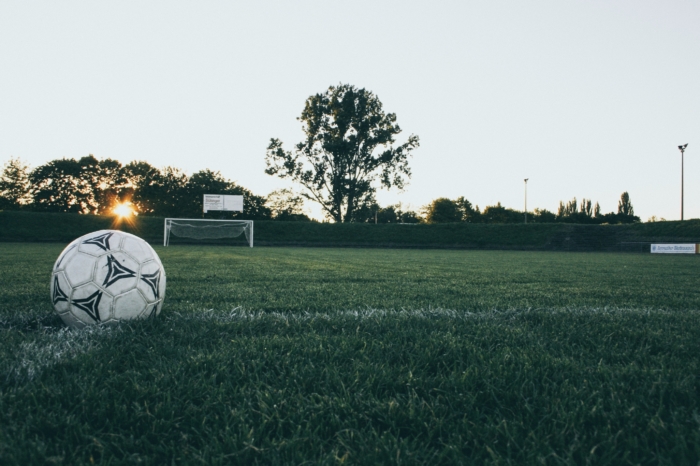Bringing Back Youth Soccer Amidst COVID-19
For decades, organized youth soccer has been a staple for teaching valuable lessons and improving physical fitness of children all over the country; more than three million players from the ages of 5 to 19 are registered currently with U.S Youth Soccer. However, soccer organizations across the nation must implement several new protocols for kids, coaches, referees, parents, and other spectators to stay safe amidst the COVID-19 pandemic. While new policy is being put in place as a result of the pandemic, many of the resulting procedures will likely merit long-term use in youth soccer.
Although the game is played outdoors and primarily with players separated and kicking the ball, there are still numerous ways that the virus has potential to transmit from one player to another. In order to increase spread between players without changing the rules of the game, the possibility of transmission needs to be limited in other ways, specifically by “discourag[ing] unnecessary physical contact”, as the CDC puts it. For youth soccer, this should include avoiding common actions such as celebratory hugs after goals, shaking hands after a game, and high fiving on the sidelines. Support and encouragement amidst and among teams must start to move towards a more verbal approach, including socially distanced signaling.
Along with reducing physical contact, youth soccer must disinfect shared surfaces and equipment; both the US Soccer Guide and the CDC recommend frequent cleaning of all regularly touched surfaces, such as gates to the fields, benches, and drinking fountains. The US Soccer Guide also writes, regarding phase 1 of returning to youth soccer: “Soccer balls may be shared provided players only touch the ball with their feet”. Even though players are mainly using their feet throughout the game, said protocol would eliminate throw-ins and headers for the time being, two common occurrences during a normal soccer match. Limiting the contact of the ball with the skin and sweat of players for an entire training session or game could be a very effective way to lessen transmission of any disease from one player to another, and it could make soccer one of the safest youth sports to return to action. Other measures to be explored – and which leagues such as Minnesota Youth Soccer Association and Idaho Youth Soccer are introducing – include requiring health checks and screening of participants and staff, encouraging face covering when possible, and discouraging or limiting parents and spectators, particularly those who are considered at high risk for developing a negative reaction to the virus.
While COVID-19 continues to spread and impact all of our daily lives, there is hope that it will be controlled in the near future, which begs the question: which of these protocols will stay in place after a successful vaccine is in place? In an interview with the Wall Street Journal, Pete Zopfi, chair of the board of U.S. Youth Soccer and a trauma surgeon in the San Francisco Bay Area, says that the COVID-19 vaccine is “not going to be the magic bullet”, but rather “a helpful tool” in making illness prevention safer during youth sports. He notes that changes such as cleaning equipment between practices, providing hand sanitizers, and eliminating shared food are likely modifications that will be implemented for the long term.
Margaret Smith is a Roger Perry Research Intern at the Pioneer Institute. She is currently a student at Bates College studying economics.




